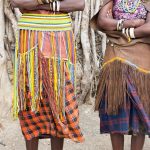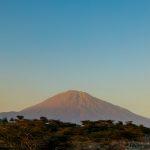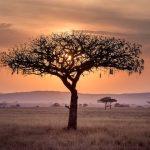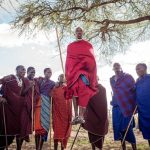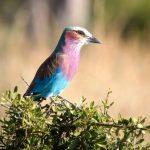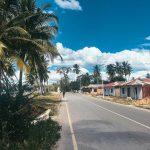Central Tanzania is the least-visited area of the country in terms of tourism, in part due to the limited transport options that allow you to access the region. However, those that do visit Central Tanzania will discover a part of the country that feels authentically real, inhabited by tribes that are relatively undisturbed by modern society.
If you’re looking for a unique holiday in Tanzania then the centre of the country is a brilliant place to visit, offering alternate experiences to traditional safaris or game reserve tours. One of the main attractions in the area is the Kondoa Rock Art Sites, which are a UNESCO World Heritage Site that borders the Great Rift Valley and feature cave paintings from the past two millennia.
Three of the most popular places to visit in this area include Dodoma, Tabora and Kigoma, each of which has its own fascinating history and culture. Read on to discover more about the background of these towns and cities and what you can expect when you visit them.
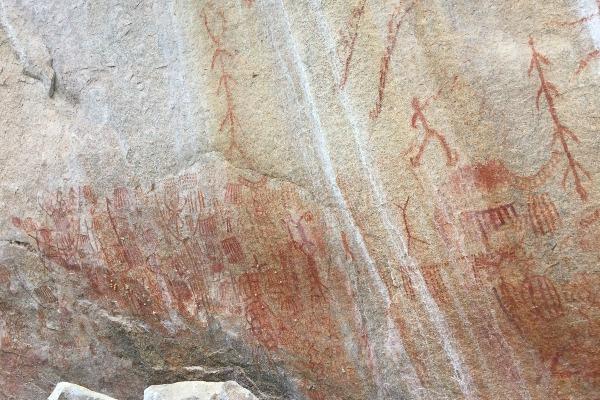
Dodoma
Dodoma existed as a caravan transit point during the earliest days of trade, during which time the native Gogo tribe developed an impressive reputation as caravan raiders. A town with the same name as the region was officially founded by the German colonial government when the railway reached here in 1907.
Located almost at the very centre of Tanzania, Dodoma is an arid agricultural region that has acquired an unusual prominence since the decision was taken in 1973 to make it the capital of the independent republic of Tanzania. This political decision was taken in part to ensure that neither Muslims nor Christians felt under-represented, but it remains fairly distant for either to visit, despite the completion of a tarmac road from Dar es Salaam via Morogoro.
The capital city has remained ‘pending official transfer’ since that time, but the Tanzanian parliament still meets here for sessions at The Bunge. Most government officials make their way from Dar es Salaam and disappear again when the debates are complete.
In this way, the regional home of the once almost-forgotten Gogo people has been revived by a fairly gentle breath of fresh life, allowing them the opportunity to make themselves heard by flurries of passing politicians.
The Gogo share the region with the Sandawe people, descendants of the first hunter-gatherer tribes, and the Rangi and Burungi peoples. They are accomplished agriculturalists and pastoralists and succeed in cultivating several productive crops regardless of the distinct lack of rain in the region.
The sandy soil here has proven ideal for cultivating ground nuts, which proliferate alongside maize, millet and beans. The region is most distinguished however by its most recently introduced cash crop; grapevines. Somewhat unusual for East African agriculture, the vineyards were introduced here by Italian missionaries in 1957, and are said to have produced a very potent port, which although not widely available at present may well develop greater renown in the future.
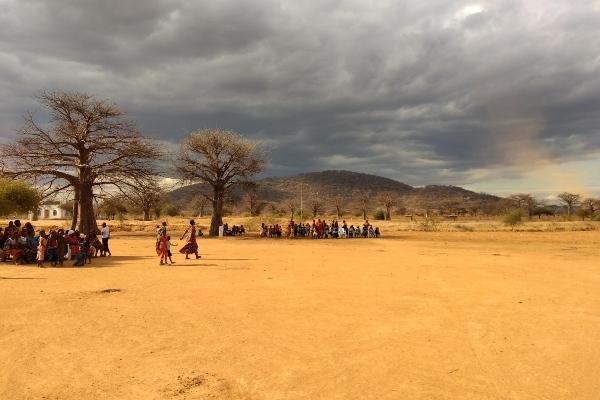
Kigoma
Kigoma is the northernmost town on the Tanzanian shores of Lake Tanganyika, bordering both Burundi and the Congo (formerly Zaire). The lake is the central focus of the town and has officially been declared a Free Trade Zone, meaning that multitudes of colourful boats clustered along the sands of Kibirizi beach ply a mellow trade between the villages and towns on each of its shores.
Reaching Kigoma overland by road remains a serious undertaking. The railway link from Dar es Salaam is the most reliable overland route, culminating in an impressively elegant triple-storey railway station, built by the Germans in 1915.
In the late nineteenth century, Kigoma became the first landing stage for Europeans on Lake Tanganyika. Sir Richard Francis Burton and John Hanning Speke arrived on its shores in 1856, on a commission from the Royal Geographical Society to find the source of the Nile.
In 1886, journalist Henry Morton Stanley came here in search of the missing missionary, explorer and scientist, Dr David Livingstone, although the two men actually met a few kilometres south in Ujiji. The house where Dr Livingstone stayed in Kigoma still stands.
The town has been a historical port for trade, exporting local goods, foodstuffs, palm oils and salt from Uvinza for over a thousand years.
The most prominent people in the region are the Ha, said to have been considered so loyal and hardworking by the first colonial settlers that they were sought after to work on their new plantations. The downside of this for the Ha was that they were therefore discouraged from developing any cash crops of their own, and consequently afforded little economic leverage when the settlers left.
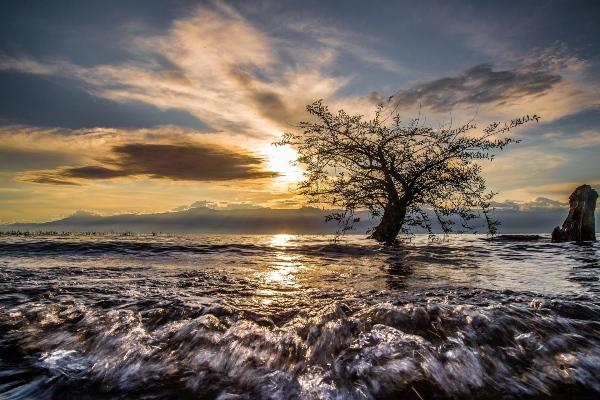
Tabora
The Tabora region is the traditional centre of the Nyamwezi Tribe, and for this reason was originally referred to as ‘Unyamwezi’. The name ‘Nyamwezi’ seems to translate in Swahili as ‘People of the Moon’, and it is thought that this was earned in response to their startling emergence from an apparently stark and bleak region of the interior.
Chief Fundikira of Unyanyembe worked to capitalise on the traditional reputation of the Nyamwezi people as long-distance traders of great renowned during the early nineteenth-century boom in the Arab slave and ivory trade, but still also continued to trade traditional goods such as ivory, beeswax, copper and salt. The first Arab caravan arrived in around 1800, and just thirty years later the town had become a central staging post.
Connections with the coast grew very close; a likely strategic marriage even took place between the daughter of Fundikira and the father of the most renowned of all the Afro-Arab traders, Tippu Tip. A subsequent chief of the Nyamwezi was Chief Mirambo, perhaps one of the greatest of all the clan chiefs, and one who came closest to uniting the miasma of different tribes of the interior before his death in 1884.
The Nyamwezi chief Isike defended Tabora against the onslaught of German Colonial rule in 1891, but when his defeat seemed inevitable he blew himself up inside their tribal arms house, with the aim of taking some Germans with him on the way.
Today, the Nyamwezi cash crops include cotton and tobacco, and the tribes also keep livestock. The regional honey is still greatly sought after, and still follows the same trading route to the coast as of yore, although now it is transported along the central railway line, designed to follow the old caravan tracks, between Dar es Salaam and Kigoma.
Tabora town is now mainly focused around the station, perhaps the only tangible, reliable connection with life beyond the town, as it is extremely laborious to reach by road, even at the height of the dry season.
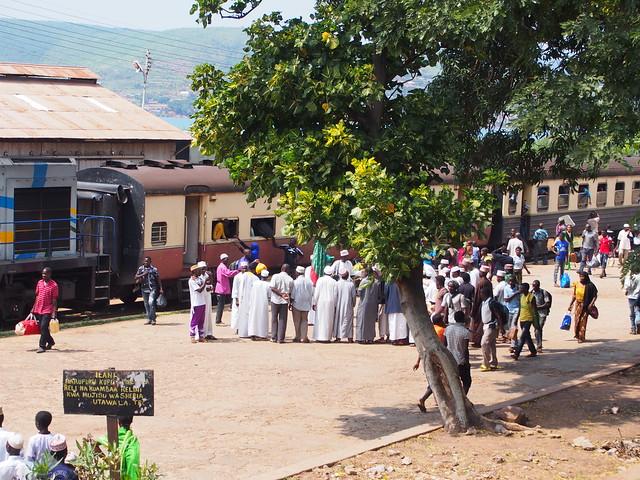
If you’re looking to book a holiday to Central Tanzania, Tanzania Odyssey is a specialist tour operator with expert knowledge of all the destinations we take our guests to. Over 10 we have established trusted partnerships to help us develop tailor-made holiday itineraries that promise a unique and unforgettable experience of Tanzania.
Learn more about how our booking process works, browse our safari holidays or get in touch to find out more about how we can help.

